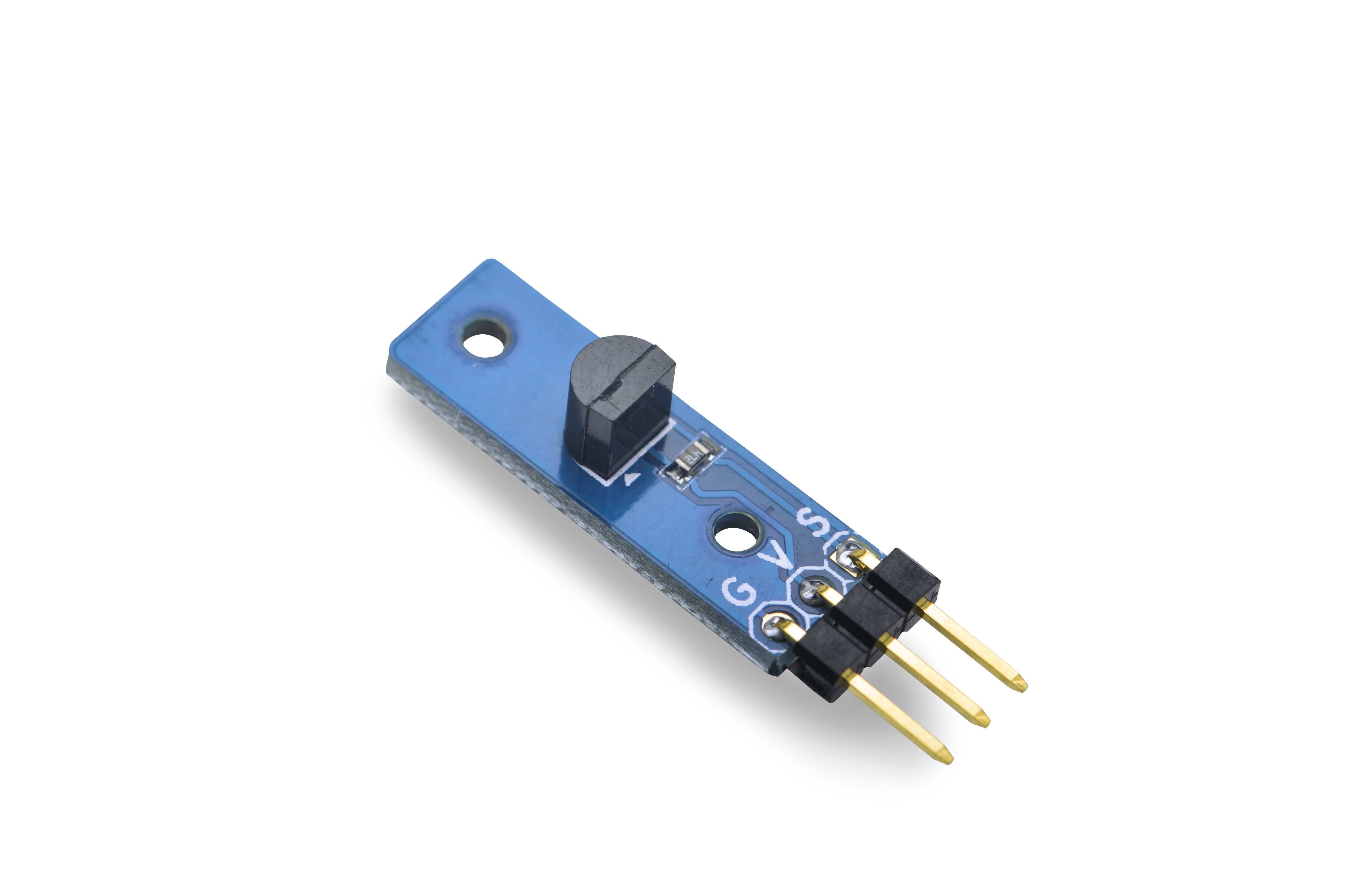Difference between revisions of "Matrix - Temperature Sensor"
From FriendlyELEC WiKi
(→使用方法) |
|||
| Line 10: | Line 10: | ||
* Tiny, easy to be used in various situations | * Tiny, easy to be used in various situations | ||
* 2.54mm spacing pin | * 2.54mm spacing pin | ||
| − | == | + | ==How To== |
| − | === | + | ===Connection=== |
| − | * | + | *Connect to Tiny4412 SDK (1506) |
| − | :: | + | ::GND: Ground |
| − | ::VCC: | + | ::VCC: 5V |
| − | :: | + | ::S: GPIO_PIN1 |
| − | === | + | ===Code Sample in C Under Linux=== |
<syntaxhighlight lang="c"> | <syntaxhighlight lang="c"> | ||
#include <stdio.h> | #include <stdio.h> | ||
| Line 95: | Line 95: | ||
</syntaxhighlight> | </syntaxhighlight> | ||
| − | === | + | ===Compile and Run=== |
<syntaxhighlight lang="bash"> | <syntaxhighlight lang="bash"> | ||
git clone http://github.com/friendlyarm/fa-hardware.git | git clone http://github.com/friendlyarm/fa-hardware.git | ||
| Line 103: | Line 103: | ||
make | make | ||
</syntaxhighlight> | </syntaxhighlight> | ||
| − | + | Copy your compiled bin to your board and you are ready to go. | |
==相关资料== | ==相关资料== | ||
Revision as of 06:19, 7 August 2015
Contents
1 Introduction
非常流行的TO-92封装的DS18B20。DSl8B20的电源可以由数据线本身提供而不需要外部电源,因为每一个DSl8B20在出厂时已经给定了唯一的序列号。DS18B20的测量范围是-55摄氏度到+125摄氏度,可选9-bit或12-bit,在-10摄氏度到+85摄氏度时可以精确到0.5度,采用一线协议通讯。我们把DS18B20的3个针脚全部引出,V对应电源引脚,G对应地引脚,S对应数据引脚。
2 Features
- -55 degree Celsius to +125 degree Celsius
- 一线协议
- Tiny, easy to be used in various situations
- 2.54mm spacing pin
3 How To
3.1 Connection
- Connect to Tiny4412 SDK (1506)
- GND: Ground
- VCC: 5V
- S: GPIO_PIN1
3.2 Code Sample in C Under Linux
#include <stdio.h> #include <string.h> #include <stdlib.h> #include "libfahw.h" void parseCmd(int argc, char **argv, int *pin) { int num = atoi(argv[1]); switch(num) { case 1: *pin = TINY4412_GPIO_PIN1; break; case 2: *pin = TINY4412_GPIO_PIN2; break; case 3: *pin = TINY4412_GPIO_PIN3; break; case 4: *pin = TINY4412_GPIO_PIN4; break; case 5: *pin = TINY4412_GPIO_PIN5; break; case 6: *pin = TINY4412_GPIO_PIN6; break; case 7: *pin = TINY4412_GPIO_PIN7; break; case 8: *pin = TINY4412_GPIO_PIN8; break; case 9: *pin = TINY4412_GPIO_PIN9; break; case 10: *pin = TINY4412_GPIO_PIN10; break; default: printf("Unsupported pin TINY4412_GPIO_PIN%d\n", num); num = 1; *pin = TINY4412_GPIO_PIN1; break; } printf("Using pin TINY4412_GPIO_PIN%d\n", num); } int main(int argc, char ** argv) { int devFD = -1; int pin = TINY4412_GPIO_PIN1; char *temperature = (char *) malloc(32); memset(temperature, 0, 32); if (argc == 2) { parseCmd(argc, argv, &pin); } else { printf("Using default pin TINY4412_GPIO_PIN1\n"); } if ((devFD = ds18b20Init(pin)) == -1) { printf("Fail to init ds18b20\n"); return -1; } if (ds18b20Read(temperature) > 0) { printf("Temperature = %s\n", temperature); } else { printf("Fail to get temperature\n"); } free(temperature); ds18b20DeInit(devFD); return 0; }
3.3 Compile and Run
git clone http://github.com/friendlyarm/fa-hardware.git cd fa-hardware cd demo cd matrix-temperature_sensor make
Copy your compiled bin to your board and you are ready to go.
